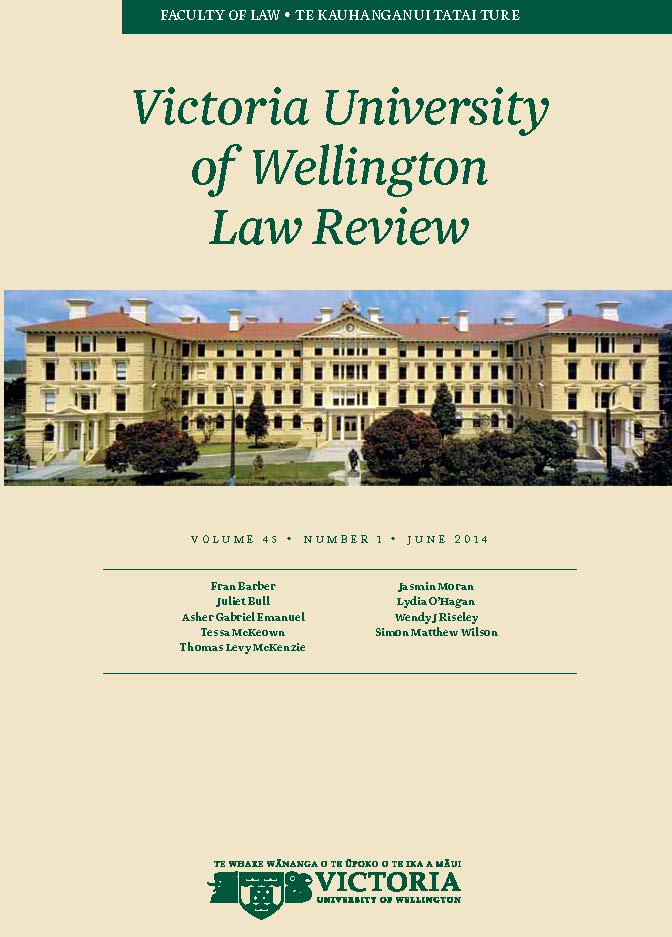To whom will ye liken Me, And make Me equal? Reformulating the Role of the Comparator in the Identification of Discrimination
DOI:
https://doi.org/10.26686/vuwlr.v45i1.4971Abstract
The use of comparator groups has to date been central to establishing a breach of s 19 of the New Zealand Bill of Rights Act 1990. The New Zealand courts' approach to the formulation of comparator groups admits a lack of a clear methodology. The author argues that, in the absence of a framework guiding the formulation of the comparator, the methodology permits arbitrary and inconsistent decision-making. The flexibility of the approach risks premature exclusion of claims in reliance on intuitive rather than analytical reasoning, limiting the transformative potential of non-discrimination provisions and offending against the proper construction of s 19. Of particular concern is the involvement of matters of justification at the comparator stage. The judgments of the High Court and Court of Appeal in B v Chief Executive of the Ministry of Social Development and G B as Executor of the Estate of B of Whangarei v the Chief Executive of the Ministry of Social Development respectively are emblematic of these concerns. Recent developments at the Court of Appeal in Ministry of Health v Atkinson and Child Poverty Action Group Inc v Attorney-General have provided some guidance, but have not gone far enough. The author recommends that the courts defer to the claimant's choice of comparator, and decouple the identification of differential treatment from questions of causation.
Downloads
Downloads
Published
How to Cite
Issue
Section
License
Authors retain copyright in their work published in the Victoria University of Wellington Law Review.


